How Technology Can Help Retirees Age in Place
Tech has solutions to enable people to safely stay in their homes at a time when few want to enter nursing homes.
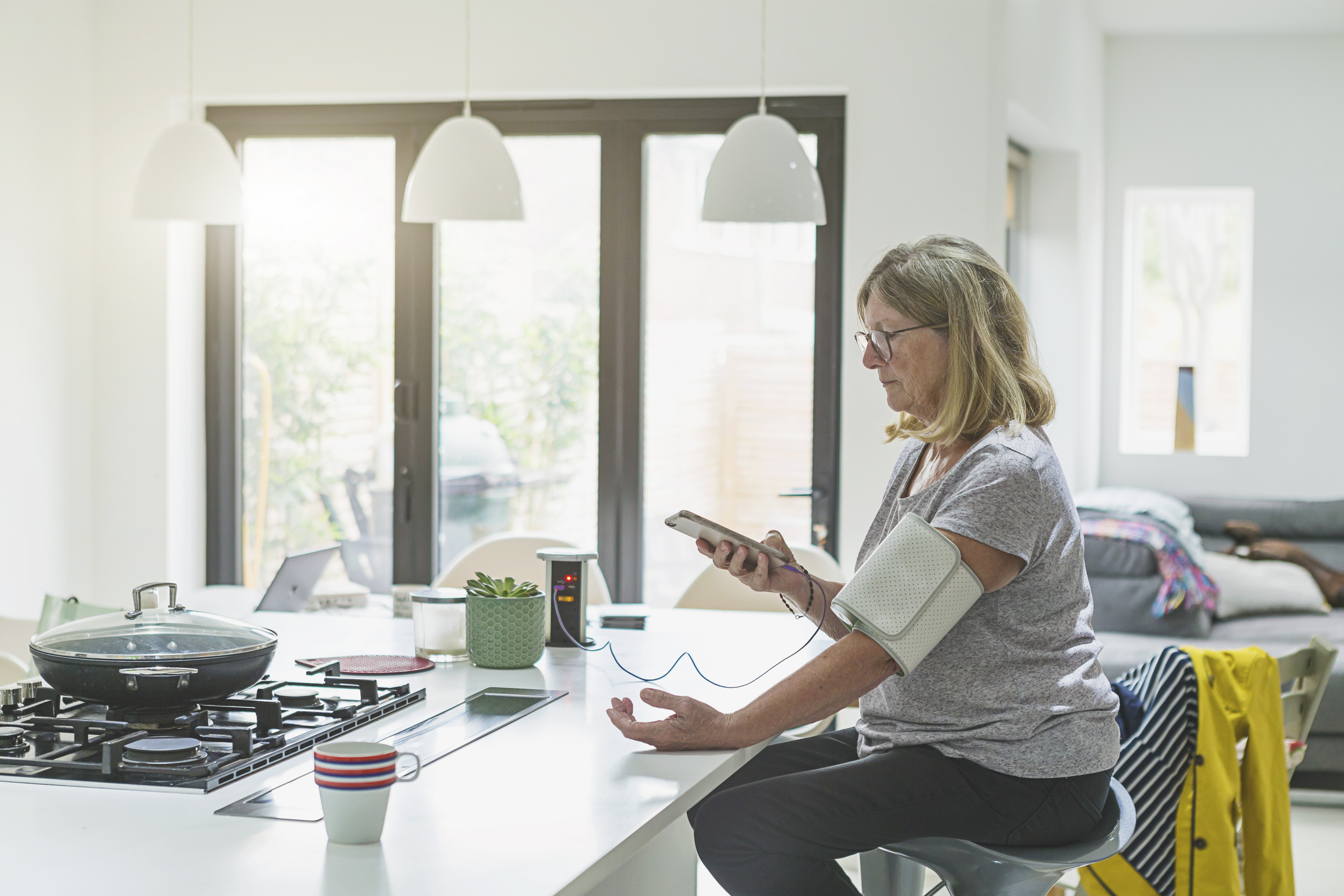
Older adults may not have grown up with the internet or smartphones, but this generation of retirees is increasingly embracing tech solutions to help them age in place.
Spurred on by the need to connect during the pandemic, older adults are finding more uses for technology to live safely and socially, making it easier to remain in the home and for loved ones to ensure their well-being.
“Technology has an array of uses that are really going to help people retire in almost a different way,” says Kathleen Cameron, senior director of the National Council on Aging’s Center for Healthy Aging.
From just $107.88 $24.99 for Kiplinger Personal Finance
Be a smarter, better informed investor.

Sign up for Kiplinger’s Free Newsletters
Profit and prosper with the best of expert advice on investing, taxes, retirement, personal finance and more - straight to your e-mail.
Profit and prosper with the best of expert advice - straight to your e-mail.
For family members, “technology is the one thing that has changed caregiving the most,” says Amy Goyer, a caregiving expert with AARP.
Tech solutions for retirees
Beyond Zoom and other forms of video calling, technology is providing solutions ranging from remote health monitoring to financial tracking and automatic stove switches.
Smart homes incorporate the ability to remotely answer doors, turn on lights, control temperature, play music and contact loved ones. Technology is also allowing older adults to stay employed remotely, to socialize, learn and experience travel from the comfort and safety of their homes.
Robotic pets can provide companionship and a sense of purpose. Virtual reality helps loved ones understand how older people experience life. Even robotic vacuum cleaners can take one chore off their to-do list.
While integrated, all-encompassing age-in-place systems have yet to be created, experts say the technology continues to evolve. The future could include robotic solutions to help with daily living tasks and potential uses for virtual reality, which has shown promise for dementia patients.
Saudia Gajadhar, a spokeswoman for Comfort Keepers, works at the Irvine, Calif, home care company’s headquarters but cares for her own father in Florida using remote technology. Gajadhar’s father is 89, she says, and it’s been a struggle helping him to learn how to use things like videoconferencing.
During the pandemic, she was able to connect with her father after talking him through how to do video conferencing each time. But he eventually gave up and wouldn’t use Zoom anymore. She hired a caregiver to work with him and he’s now able to Zoom again with that help. She says one way of persuading him to adapt is to tell him different technologies will help him stay independent in his home.
“Technology is absolutely going to help people stay in their homes longer for multiple reasons,” says AARP’s Goyer. “To stay in your home and be as active as possible, you need to have physical activity and mental stimulation, socialization. You need to take care of your health and you need to be safe in your home. Technology can address all of those things.”
Retiree population grows

As the country’s resources strain to meet the needs of a swelling older population, tech solutions can’t come soon enough. The number of Americans over 65 has grown from 40.3 million in 2010 to over 59 million now. That number is projected to reach about 80 million by 2030.
At the same time, long-term care resources are declining. The American Healthcare Association reported that between February 2020 and July 2024 there were close to 800 nursing homes closed, displacing 28,000 residents.
And surveys show nearly 80% of people 50 and older prefer to age in place. The need is especially acute in the United States. According to Pew Research Center, 27% of adults 60 and older live alone in the U.S., compared to 16% of adults in 130 other countries and territories studied.
The challenge becomes how to enable older people to stay home while minimizing the stress on family caregivers and when necessary, making due alone.
COVID boosted tech for retirees
“One of the silver linings that came out of the pandemic was the urgency for older adults to adopt certain technologies in order to stay safe and to stay connected,” says Sherri Snelling, a gerontologist and author who consults for corporations and nonprofits on family caregiving matters.
The pandemic facilitated the use of video calls and smartphones when they became the best options to stay in contact as well as a way to shop for groceries delivered to the home.
“Some caregivers also started using more electronics or medication reminders because it got harder to do that and they didn't want to bring someone in the home again,” Goyer says. “And so they would have medication dispensers that dispense the actual pills.”
Goyer says that once the pandemic opened people’s thinking about technology, older adults became much more likely to use those tools.
Medical monitoring and care

During the pandemic, house calls from doctors surged — but instead of ringing the doorbell, doctors called patients’ smartphones.
Congress eased restrictions, Medicare provided coverage for virtual visits, and private insurers followed. The availability of telehealth and remote mental healthcare exploded, enabling patients to have virtual doctor visits in appropriate circumstances. This facilitated medical care for people who found travel difficult and also enabled patients to avoid exposure to infections in medical environments.
Although the coverage was initially deemed an emergency accommodation, Medicare extended coverage of telehealth through September 30, 2025, and some advocates think it should continue indefinitely, partly as a cost-saving measure and partly to facilitate medical care, especially in areas where providers are in short supply.
Additionally, the Council on Aging’s Cameron says, the use of devices that enable remote medical monitoring has “really grown quite a bit over the last several years,” allowing medical providers to keep track of things like patients’ blood pressure, blood glucose levels and other health metrics.
This cuts the frequency of required doctor’s office visits and provides early alerts to changes that might require attention.
“I think that we're going to see even more of this as the technology continues to advance in that regard and Medicare pays for it,” Cameron says.
Healthcare systems and providers are also using a medical record system called MyChart, which gives patients access to their healthcare information and a way to make appointments, Cameron says.
Researchers at Stony Brook University are studying using radio waves to monitor older adults in their homes. These devices can monitor vital signs like breathing and heart rate and potentially compile summaries for medical professionals, detecting any changes that might warrant intervention, according to Fan Ye, a professor in the electrical and computer engineering department.
“Our research was on developing some novel sensing technology,” Ye says, “and also related artificial intelligence machine learning and infrastructure for helping with a lot of different kinds of diseases, but in particular, helping older people maintain a quality of life, managing their daily life and health while aging in place at home.”
Tech that helps retirees' safety
Caregivers who don’t reside with their older loved ones may use technology to keep track of their well-being. Even those who live in the same home need to be able to leave knowing they would be alerted in an emergency. While cameras could serve this purpose, the loss of privacy is an issue no one wants to be watched in their own homes.
Other options abound. Many smartwatches, for example, can detect when the wearer falls and can send alerts. Goyer notes that not everyone wants to wear a device or can remember to charge it, and for them, there are radar detection monitors that can be mounted on a wall and send for help in the event of a fall.
Video doorbells and digital locks also enable caregivers to monitor visitors and remotely ensure people who need to get inside are allowed in, while others are kept away.
“If you have someone coming in to help your mother with bathing three days a week, but she is not able to hear the doorbell or might be asleep and miss the person, then you can give them a code to get into the house and set it up,” Goyer says.
Another option is a system that includes motion sensors, which allow monitoring a loved ones’ movements around the home, checking that they’re up and out of bed and haven't fallen. “We had a system like that for my boyfriend's mom who just passed,” Goyer says. “It was an integrated system that had a communications hub.” If the mother didn’t answer her phone, Goyer says, her family could talk to her through a speaker that was connected to the hub. “My boyfriend would get a report, ‘Mom is up and in the bathroom,’ or something like that.”
Some aspects of home maintenance can be addressed through technology. For example, an older person may not wish to climb stairs to go to the basement, but still many need to know if there is a water leak. There are monitors for that, providing peace of mind and safety.
Another danger is leaving the stove on, particularly when a person has some cognitive decline. Goyer says there are monitors for stoves and microwaves that can automatically turn them off when they’re left on unattended for too long. One is called iGuard Stove and it can be purchased for about $500 at stores, including Best Buy, which can also arrange installation and setup.
Caregiver responsibilities
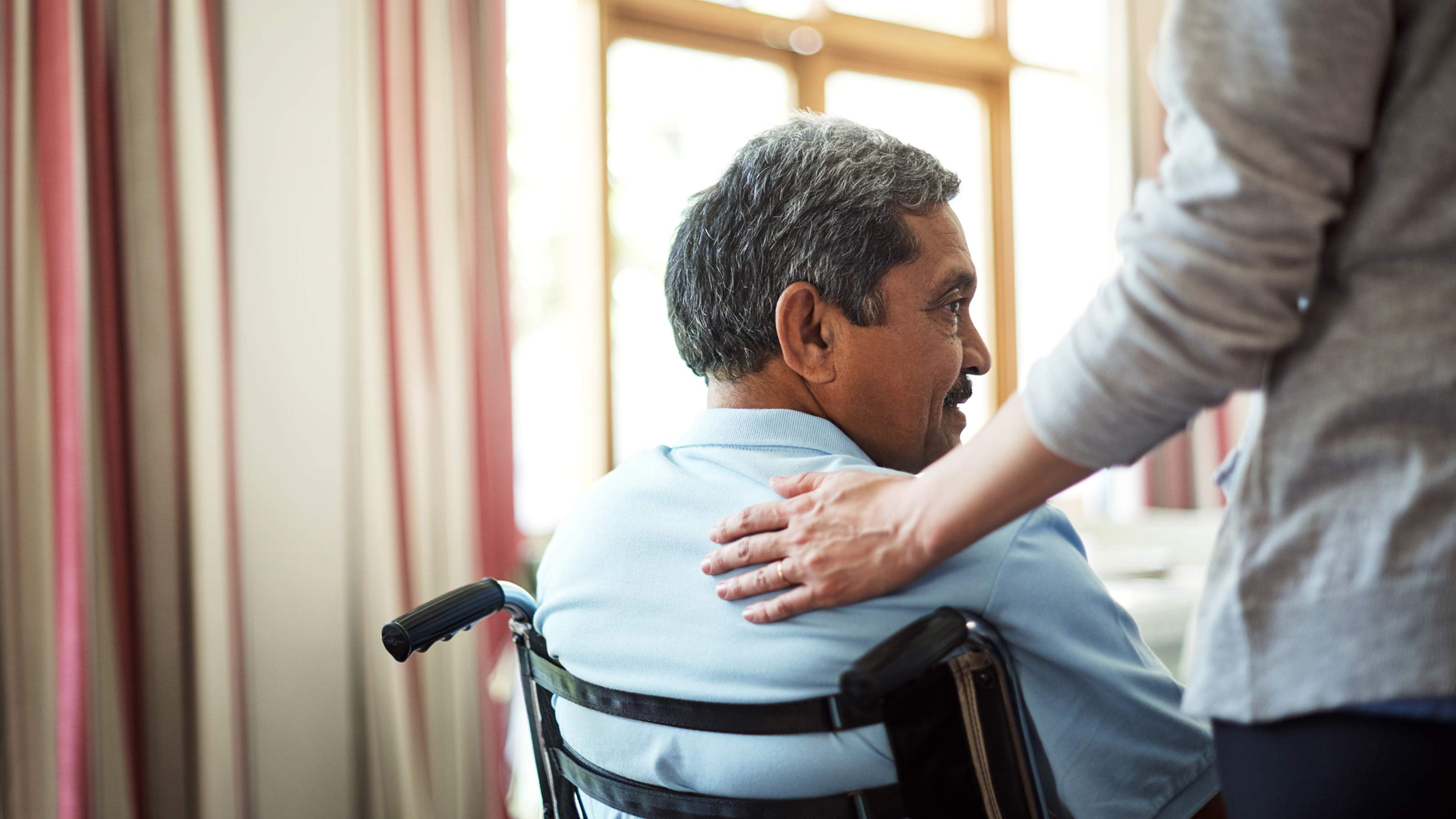
Family members may live in different cities and states or even just have different schedules and demands and yet still want to keep track of and care for older members. Tech can facilitate coordinating appointments and connections.
Raymond James financial services, for example, connects clients with various longevity planning resources, according to Senior Vice President Frank McAleer, including a service called Wellthy, which enables family members to participate in a loved one’s care, led by a skilled care manager who organizes virtual family meetings and provides a dashboard giving information about things like medical appointments.
Another is PinnacleCare , which describes itself as “like a wealth adviser, but for your family’s health care.” McAlleer said this is a tool used when someone receives a serious medical diagnosis, guiding them through finding the right medical professionals and setting up appointments.
Goyer says other websites, like CaringBridge and Lotsa Helping Hands help family members coordinate caregiving.
“So you can have a shared calendar,” Goyer explains. “You can have a signup list for who's going to bring mom dinner on Tuesday, who's going to bring it on Thursday.”
Tech for retirees' finances
Caregivers can use budgeting apps and websites to monitor their loved ones’ finances, to ensure they’re not being scammed and are paying their bills, says Genevieve Waterman, director of corporate partnerships and engagement for the National Council on Aging. They can monitor their email and set up alerts through banks to look for unusual activity.
One company, EverSafe, gives financial caregivers the ability to monitor a loved one's accounts, Waterman says.
EverSafe CEO Liz Loewy is a former prosecutor who oversaw a unit that focused on abuse of older adults. “Financial elder financial abuse is the one type of abuse that has the highest mortality rate,” Loewy says. She says EverSafe monitors all a person’s accounts, including credit, banking and retirement savings. She says the service learns the account holder’s normal behaviors and detects changes, sending alerts to the account holder and their designated care team.
EverSafe allows family members to monitor finances without having access to the funds, which provides added protection for the older person.
EverSafe is also offered through Raymond James, as is Everplans, a digital tool that helps avoid document and account clutter, McAleer says. This tool provides alerts, helps people store documents, videos, checklists and even passwords, making these things easy to find when the need arises.
McAleer says financial planning meetings may also be conducted virtually, using not just video meetings, but also a tool that provides visualizations for different outcomes, depending on a person’s financial circumstances, such as whether they have long-term care insurance, how much they spend a year and how much they have left.
Looking ahead at tech for retirees
It’s wise to start incorporating tech into life before it’s needed, so when the need arises, it’s not a struggle to learn. And tech is expected to become more a part of retirement over time and as older people continue to adapt.
While conventional wisdom says older people spurn technology, surveys show the gap in use is narrowing between generations. According to Gallup, 61% of those 65 and older owned smartphones in 2022, compared to 96% of those ages 18 to 29, a difference of 35 percentage points. That gap was 53 points 10 years earlier. Gallup also found 83% of those 50 to 64 own smartphones, suggesting older people’s technology use will continue to increase as the population ages.
Note: This item first appeared in Kiplinger’s Retirement Report, our popular monthly periodical that covers key concerns of affluent older Americans who are retired or preparing for retirement. Subscribe for retirement advice that’s right on the money.
Related Content
Profit and prosper with the best of Kiplinger's advice on investing, taxes, retirement, personal finance and much more. Delivered daily. Enter your email in the box and click Sign Me Up.
Elaine Silvestrini has worked for Kiplinger since 2021, serving as senior retirement editor since 2022. Before that, she had an extensive career as a newspaper and online journalist, primarily covering legal issues at the Tampa Tribune and the Asbury Park Press in New Jersey. In more recent years, she's written for several marketing, legal and financial websites, including Annuity.org and LegalExaminer.com, and the newsletters Auto Insurance Report and Property Insurance Report.
-
 How to Add Your Favorite News Sources to Google Top Stories
How to Add Your Favorite News Sources to Google Top StoriesGoogle now lets you choose which outlets you want to see more often in Top Stories. Here's how to set your preferred sources in just a few clicks.
-
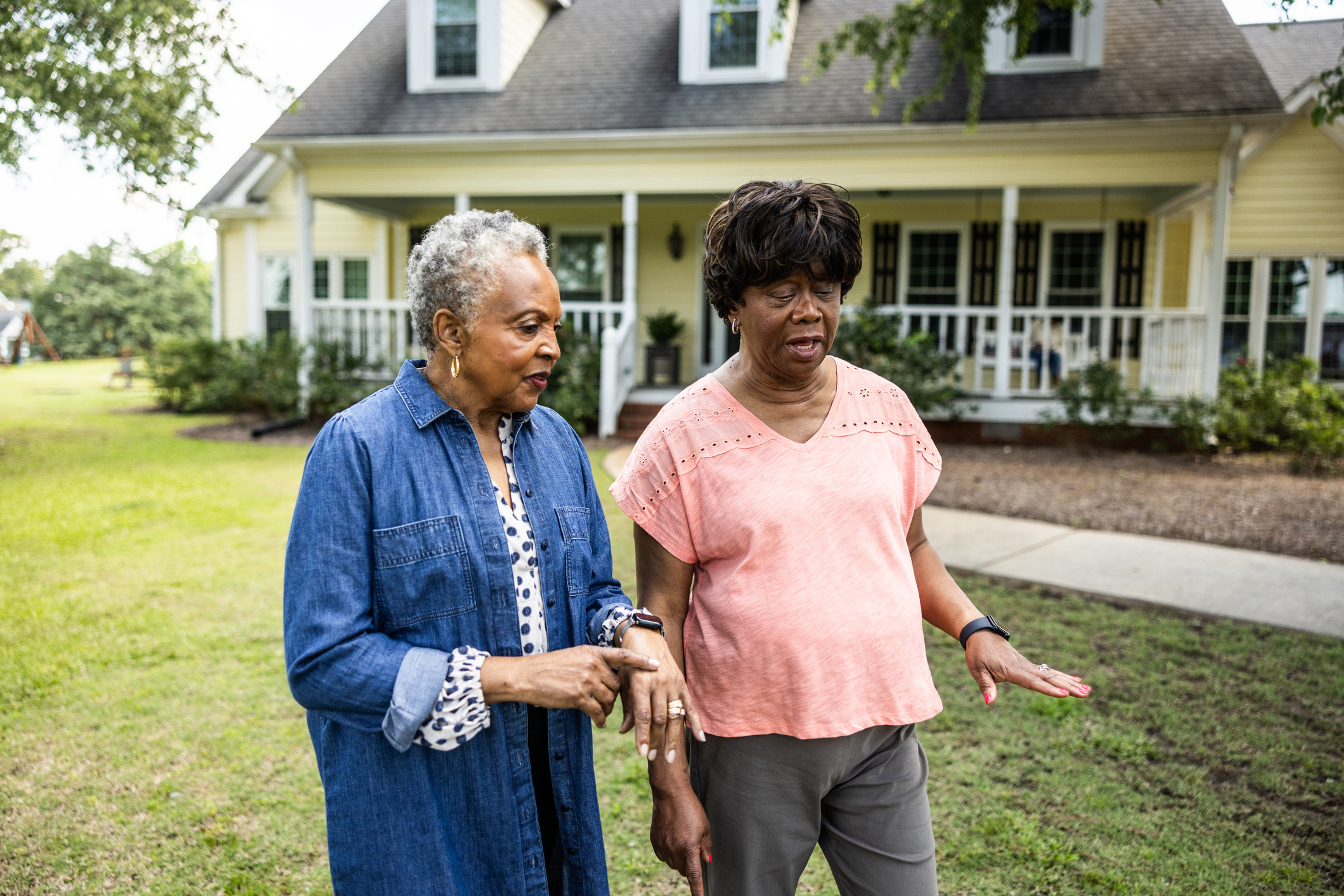 Home Equity in Retirement: Should You Sell, Borrow or Rent?
Home Equity in Retirement: Should You Sell, Borrow or Rent?Learn how to preserve your property's value, tap equity for income and make smart choices about downsizing, renting, or leaving a legacy.
-
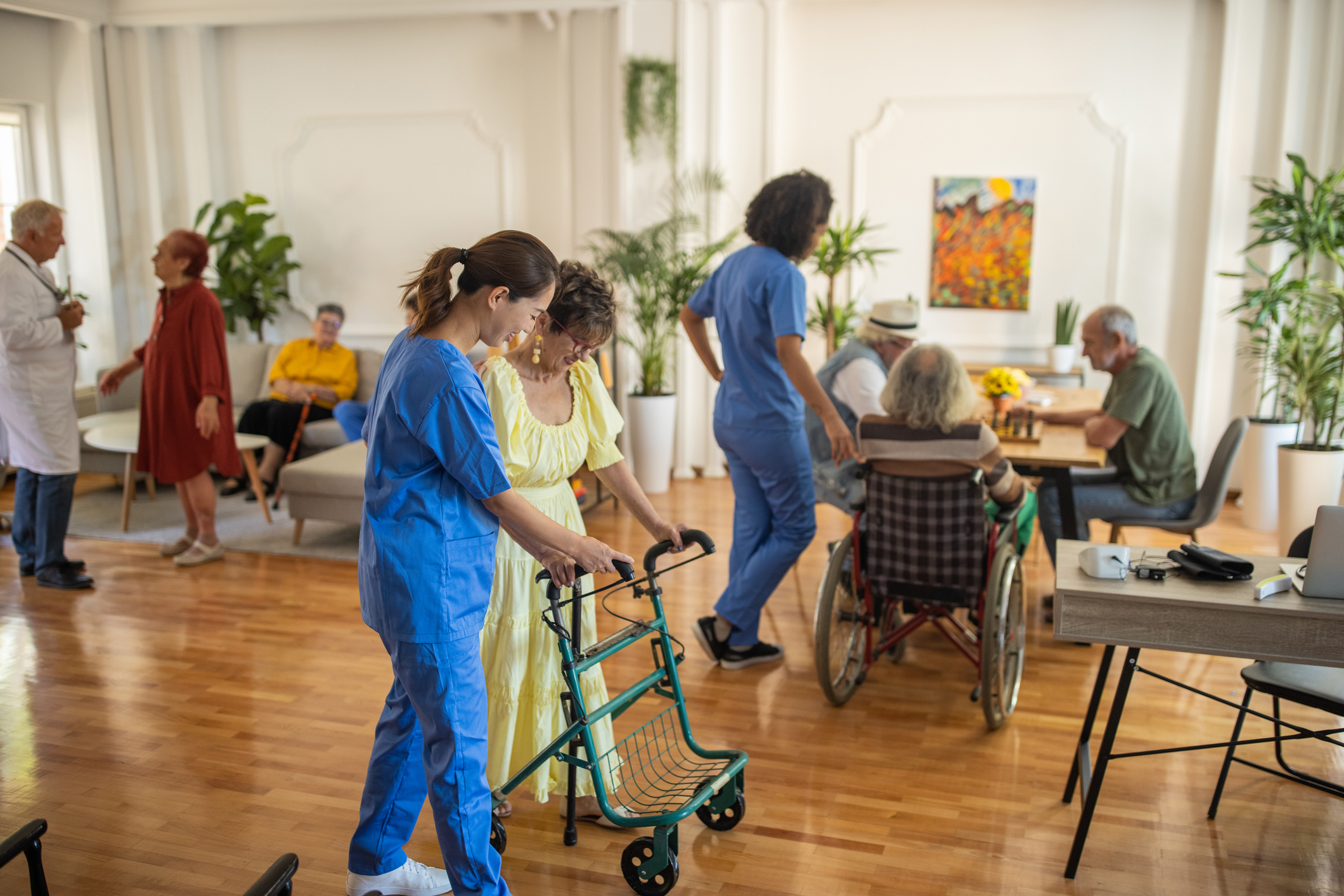 Three Striking Ways the 'Big Beautiful Bill' Affects Nursing Homes
Three Striking Ways the 'Big Beautiful Bill' Affects Nursing HomesLittle-noticed provisions in the tax bill will ease requirements on nursing homes and make it harder for some patients to pay.
-
 Is Lifestyle Creep Hurting Your Retirement?
Is Lifestyle Creep Hurting Your Retirement?Are you spending a lot on non-essentials that once felt like luxuries but now seem normal? You might be experiencing lifestyle creep. Here's how to stop it in its tracks.
-
 Surprising Foods to Enjoy and Avoid to Live Longer
Surprising Foods to Enjoy and Avoid to Live LongerWant to live a longer, healthier life? Here are some surprising foods to enjoy (coffee!) and to avoid (some types of spinach!).
-
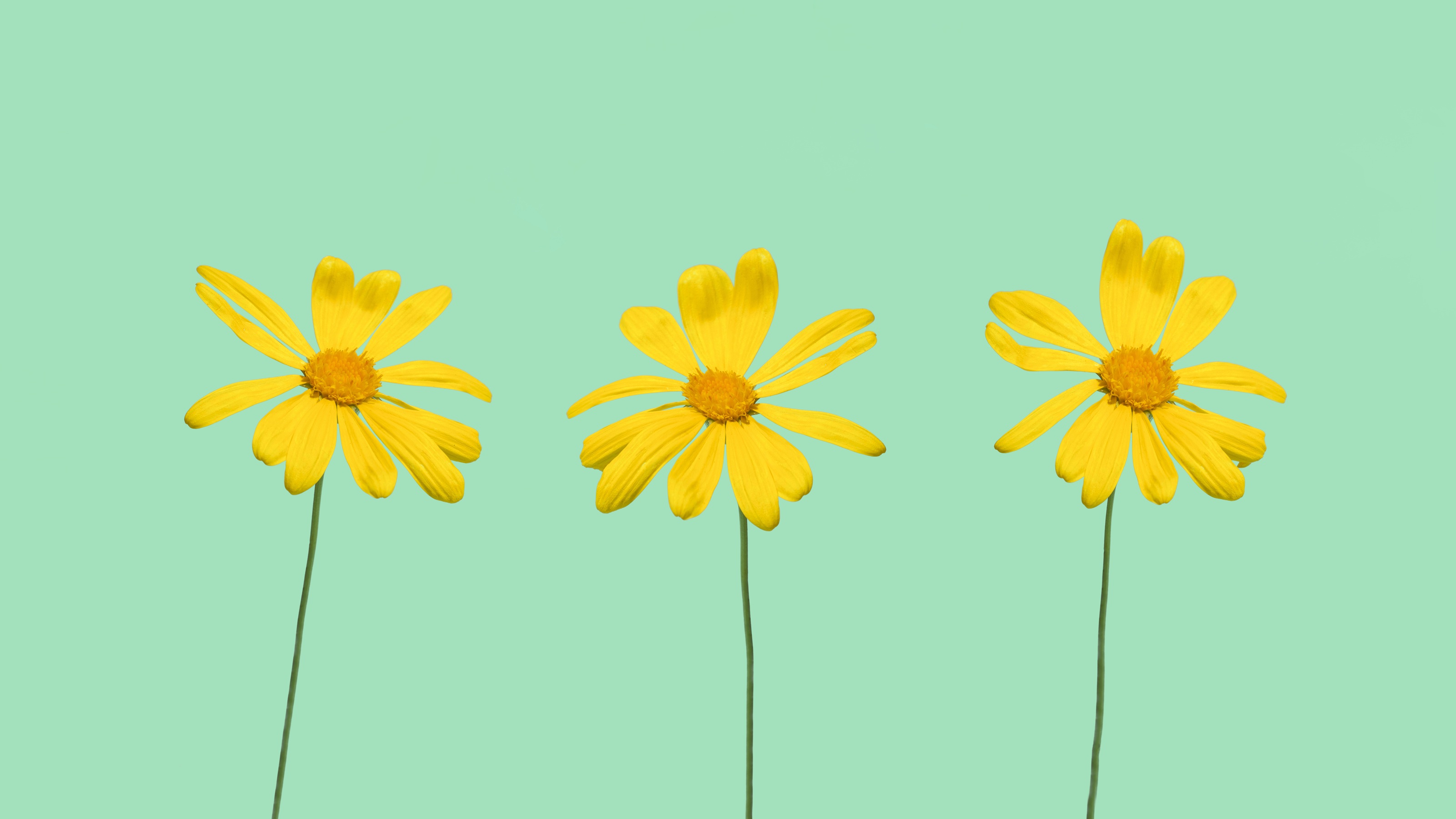 Three Strategies to Take Advantage of OBBB Changes, From a Financial Planning Pro
Three Strategies to Take Advantage of OBBB Changes, From a Financial Planning ProFour of the One Big Beautiful Bill's changes could impact your retirement, so it's smart to review your financial plans to see if these strategies would help you get the most out of the new provisions.
-
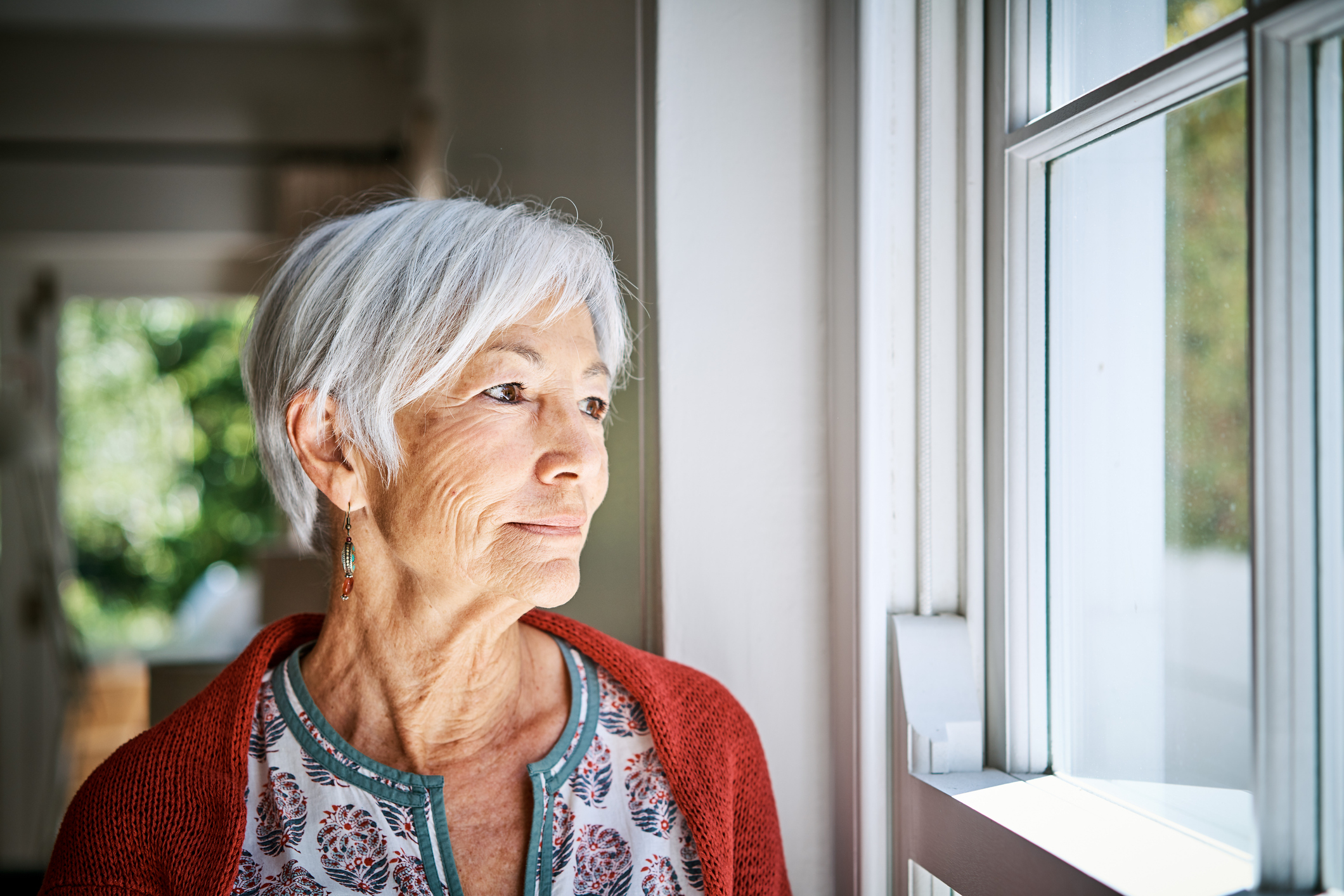 I'm a 76-Year-Old Widow and My Son Is Pushing Me Into Assisted Living. How Do I Convince Him I'm Fine Living on My Own?
I'm a 76-Year-Old Widow and My Son Is Pushing Me Into Assisted Living. How Do I Convince Him I'm Fine Living on My Own?We asked financial experts and therapists for advice.
-
 I'm a CFP: Here's What You Should Do if Your Financial Adviser's Firm Gets Acquired
I'm a CFP: Here's What You Should Do if Your Financial Adviser's Firm Gets AcquiredYou've had the same financial adviser for a long time, but things are changing. Now what? Stay the course, or jump ship? Five questions could help you decide.
-
 Want To Retire at 55, 60, 62, 65, 67 or 70? Ask Yourself These Questions First
Want To Retire at 55, 60, 62, 65, 67 or 70? Ask Yourself These Questions FirstAge is just a number, but when it comes to retirement, make sure you are prepared by answering these questions.
-
 What One Widow's Ordeal Teaches Us About Marriage and Money
What One Widow's Ordeal Teaches Us About Marriage and MoneyA man charmed a 72-year-old widow into marriage, and then her accounts were seized to pay off his debts, highlighting the importance of background checks on potential spouses as well as prenuptial agreements.